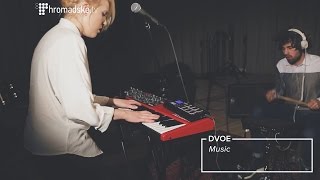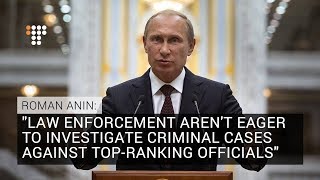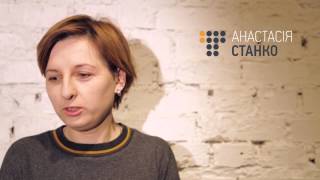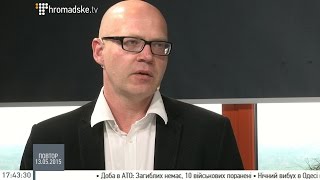Friday, 02 January, 2026г.
















Где искать: по сайтам Запорожской области, статьи, видео ролики
пример: покупка автомобиля в Запорожье
Eastern Promices, Explained
On November 24, European Union leaders met with representatives from the six Eastern Partnership countries — Ukraine, Belarus, Georgia, Azerbaijan, Armenia and Moldova — in Brussels. The aim of the biennial summit and the Partnership itself is to uphold and strengthen EU relations with the post-Soviet Eastern European states.
For Ukraine, however, the paramount question remains closer integration with the EU. The year 2017 has witnessed several key events in this process: the introduction of a visa-free regime and the ratification of the long-awaited Association Agreement with the EU.
For its part, the EU appears to be abiding by its commitment to the Eastern Partnership initiative and Ukraine’s aspirations. However, Ukrainian President Petro Poroshenko, who attended the event, was not entirely satisfied with the summit’s final declaration, which was deemed less ambitious than during previous summits.
According to Radio Free Europe/Radio Liberty Brussels correspondent Rikard Jozwiak, internal problems within the EU are among the contributing factors to Ukraine’s disappointment. In particular, the April 2016 referendum in the Netherlands, in which Dutch voters rejected the idea of closer EU-Ukraine relations, plays a key role.
This video was originally published on November 28th, 2017.
Follow Hromadske International!
Ukraine and Eastern Europe, Explained
www.en.hromadske.ua
Facebook: https://www.facebook.com/HromadskeInternational
Twitter: https://twitter.com/
YouTube: http://bit.ly/2uvfYct
Теги:
Громадське Україна Ukraine NEWS Новини Новости Украина Hromadske European Union Eastern Partnership Belarus Georgia Azerbaijan Armenia Moldova Brussels
Похожие видео
Мой аккаунт


 У вашего броузера проблема в совместимости с HTML5
У вашего броузера проблема в совместимости с HTML5


